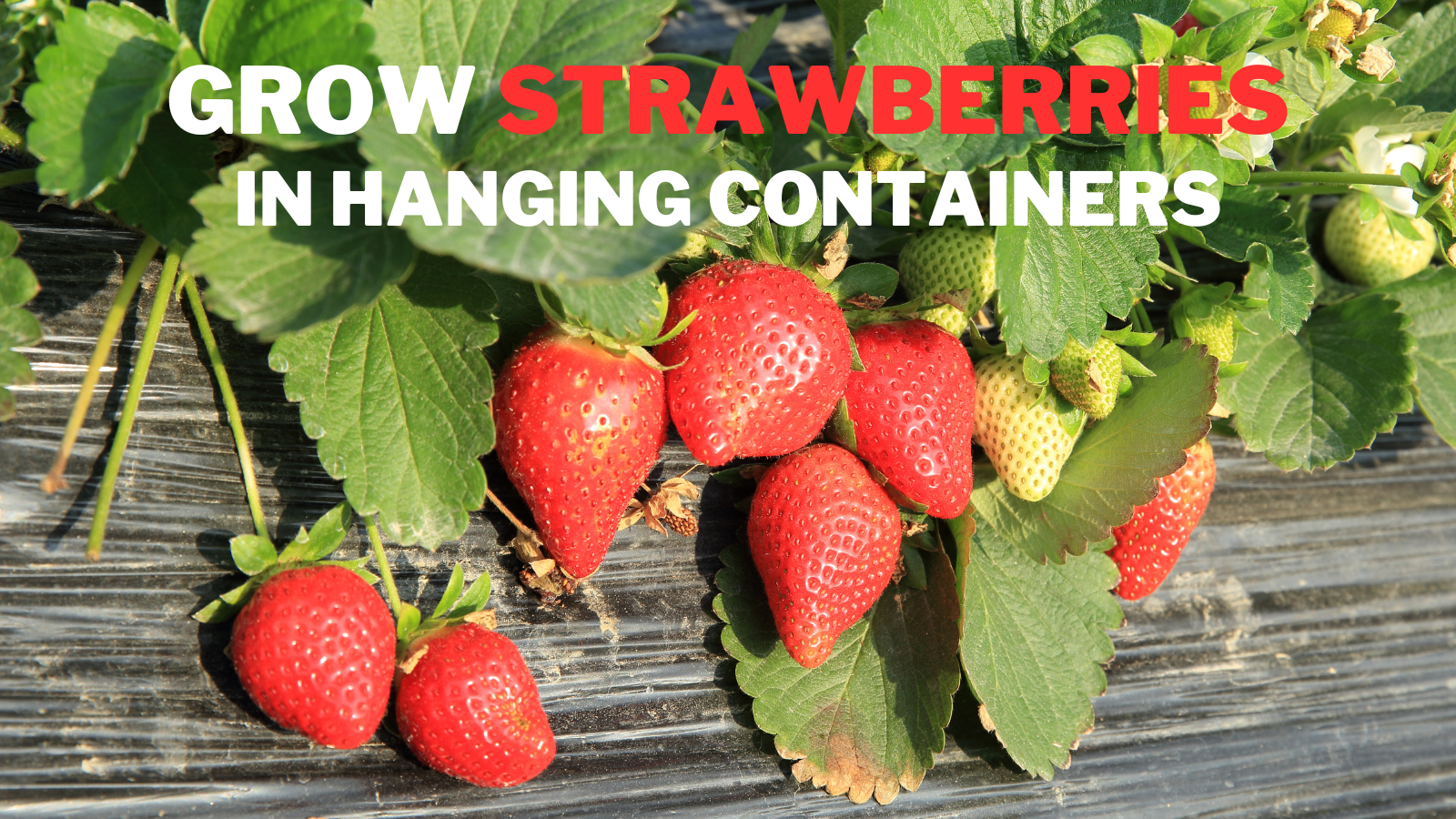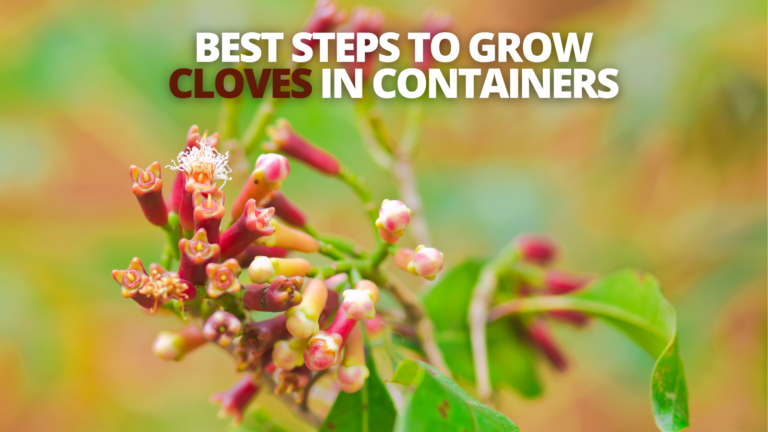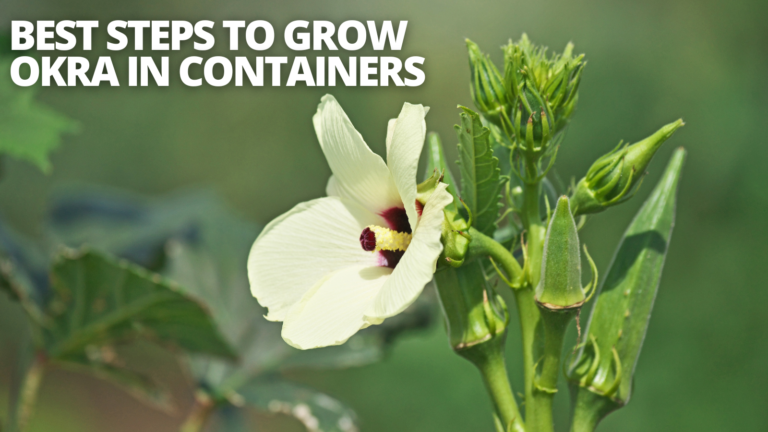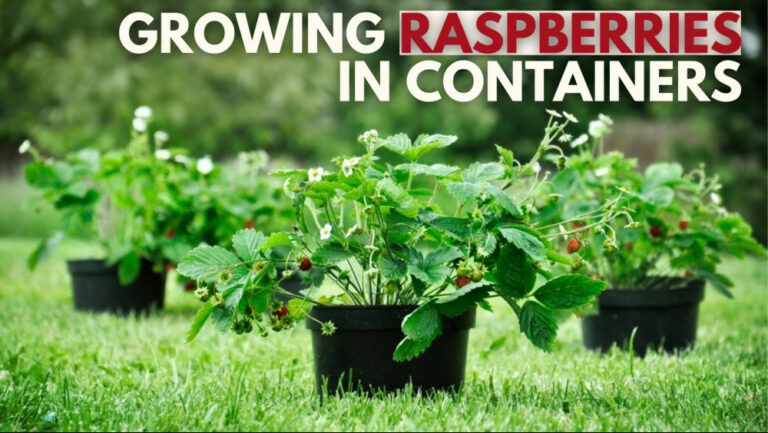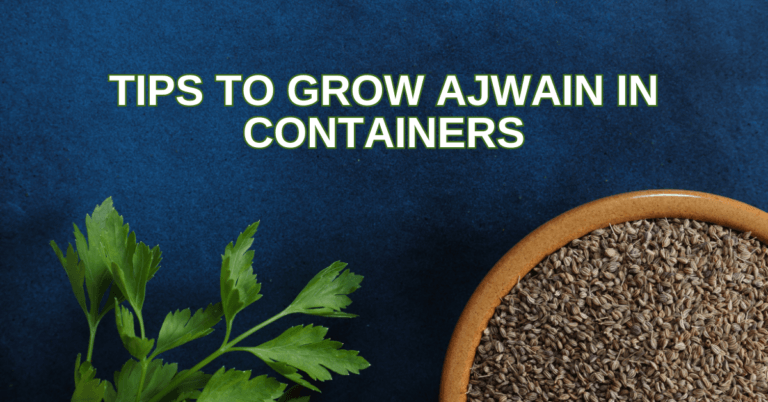Best Steps To Grow Strawberries In Hanging Containers
Best Steps To Grow Strawberries In Hanging Containers
Do you like strawberries but don't have a lot of room? It's not all doom and gloom; cultivating strawberries in hanging baskets is a viable option.
Strawberry baskets make the most of limited space, and the right variety of strawberry plants can be appealing and effective as a food crop.
Other advantages of a hanging strawberry garden include its resilience to pest infestations, soil-borne diseases, and compact harvest area.
If deer or other wildlife nibbles on your berry crop before you get to sample it, hanging strawberries could be the answer to keeping the delicate berries up and out of their reach.
Strawberry baskets that hang from the ceiling are very easy to relocate out of the sun or the cold in the winter.
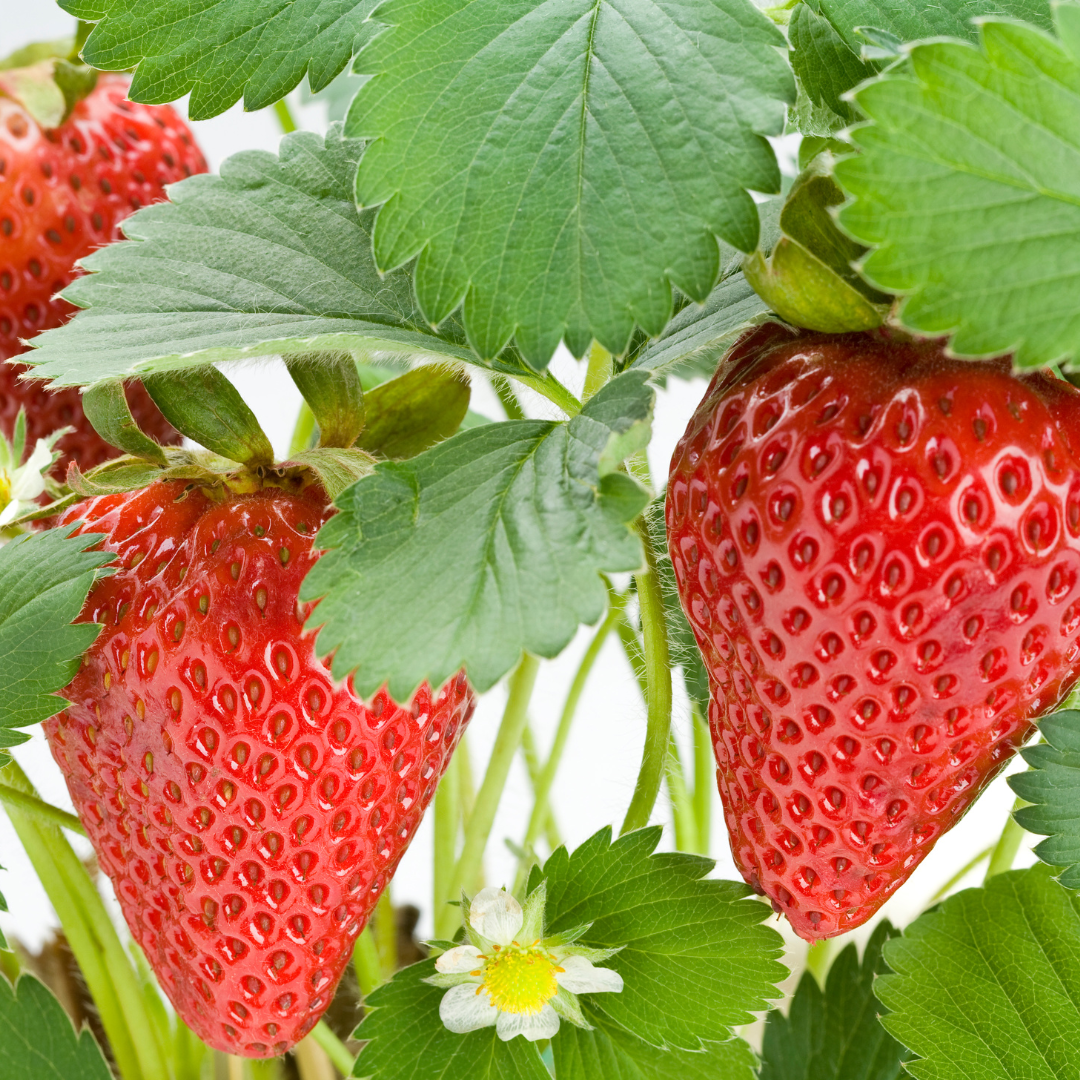
History & Origin Of Strawberries
In the Northeast, strawberries are one of the first fruits to ripen. The flower buds appeared last fall and were tucked away for the winter under a bed of straw. An early spring heatwave then drove along the plants.
The flowers opened early as a result, and producers stayed busy preserving them from frost on chilly nights by forming ice with sprinklers, which, as strange as it seems, emit heat when they are created.
Now that the berries are mature, we're hoping for nice weather during harvest so that fruit losses are minimal and consumers come out to pick as well.
Strawberry land isn't plentiful in the Northeast, but the crop is vital to varied vegetable and berry farms. Strawberries have a high per-acre value and offer income early in the season.
New York had 625 farms with 1,659 acres of strawberries, Pennsylvania had 856 farms with 1,254 acres, and Massachusetts had 195 farms with 337 acres, according to the 2007 Census of Agriculture.
We had 122 strawberry farms in Vermont, covering 185 acres. With a usual production of 6,000 pounds per acre, over a million pounds of Vermont strawberries must be gathered and consumed quickly.
Nutrition Facts
In the 18th century, strawberries were first introduced to Europe. It's a cross between two North American and Chilean wild strawberry species.
Strawberries are vibrant red fruit that is juicy and tasty. They're high in vitamin C and manganese, and they're also high in potassium and folate (vitamin B9).
Strawberries are high in antioxidants and plant chemicals that may help with heart health and blood sugar regulation.
These berries are usually eaten raw and fresh, but they can also be used in various jams, jellies, and desserts.
- Calories: 49 g
- Fat: 0.5 g
- Sodium: 1.5 mg
- Carbohydrates: 11.7 g
- Fiber: 3 g
- Sugars: 7.4 g
- Protein: 1 g
- Vitamin C: 89.4 mg
- Potassium: 233 mg
- Magnesium: 19.8 mg
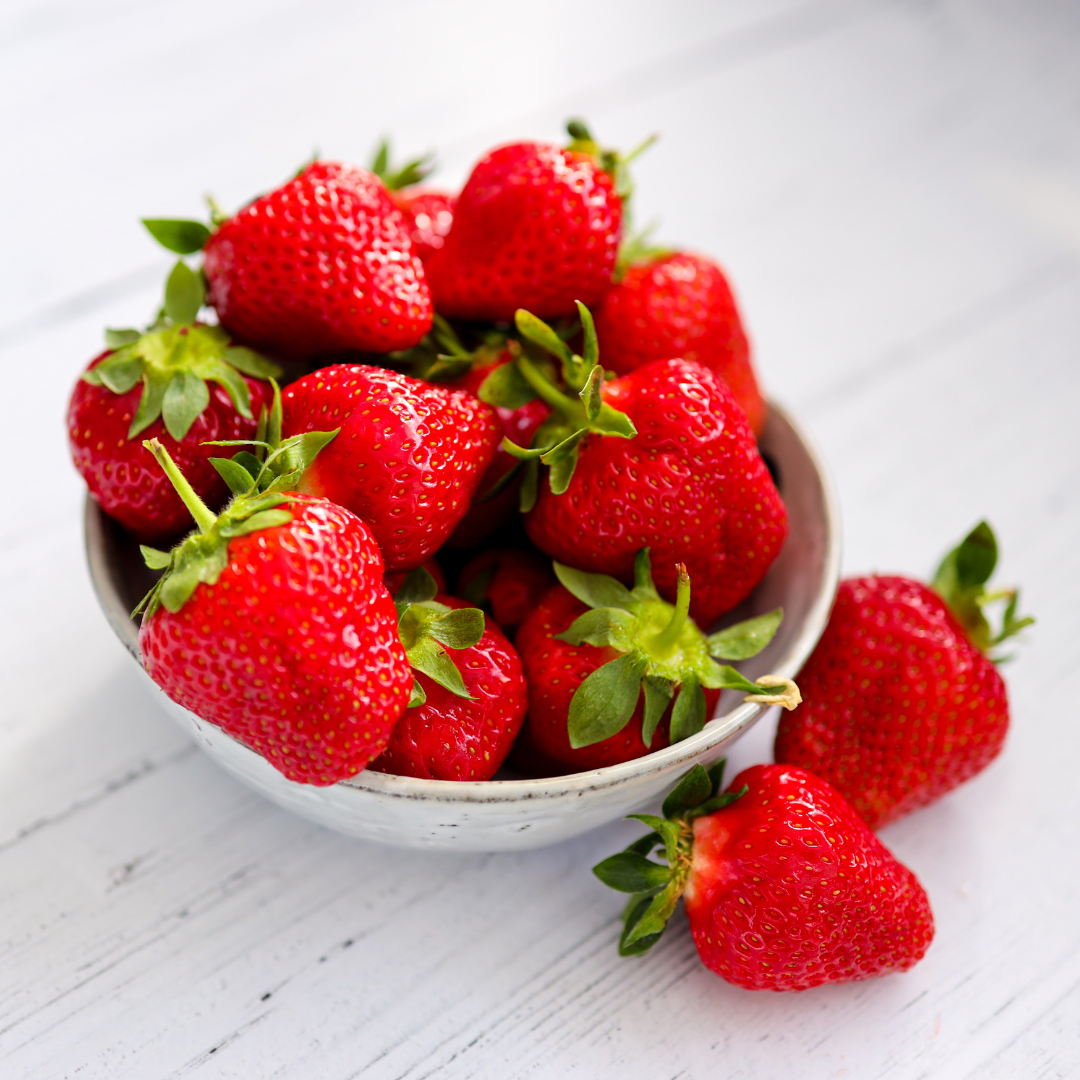
Varieties Of Strawberries To Grow In Hanging Containers
One of life's great pleasures is a homegrown harvest of luscious summertime strawberries warmed by the sun.
And for your fresh eating, jam-making, and pie-filling delight, there is a wide variety of cultivars — over 200 today.
We've compiled a comprehensive list of 5 of the greatest varieties and details on growing zones, growth patterns, berry quality, disease resistance, and more.
This will make selecting the finest strawberry cultivars for your locality and gardening style much easier.
1. AC Wendy
‘AC Wendy' is a strong early-season ‘Evangeline' hybrid produced at the Kentville research station in Nova Scotia.
It is notable for its high fruit yields and runner production. This type isn't fussy; it thrives in full sun and will grow in both light and heavy soils.
This cold-tolerant June-bearing cultivar, which thrives in Zones 4-8, produces huge conical to wedge-shaped fruits that ripen early.
The berries have a solid texture and store well in the freezer after harvest. However, because they develop their white flowers early, there is a risk of frost damage. In the event of a late freeze, safeguard your crops.
2. Albion
These day-neutral sweets feature a high sugar content and a pleasant flavour. ‘Albion' is a hybrid between ‘Diamante' and ‘Cal 94.16-1,' produced at the University of California and released in 2006. It has long, conical fruit with a firm texture.
This variety is recognized for generating high yields of one to three pints of fruit per plant and is resistant to Verticillium wilt, Phytophthora crown rot, and anthracnose crown rot.
‘Albion' thrives in full sun in Zones 4–8 (though some suggest there's some wiggle area here, allowing it to be planted in Zones 3-9). Pollinators are drawn to the fragrant white blossoms.
Five hundred cold hours are necessary for a mounded growth habit, a height of 12 inches, and a spread of 24-36 inches at maturity.
3. All-Star
White blooms and huge fruit with a sweet and mild flavour characterize ‘All Star' (or ‘Allstar'). If your harvest has a solid texture, it will keep nicely in the freezer.
Red stele resistance is high in this midseason June-bearing cultivar, and verticillium wilt resistance is modest.
It may be grown in both clay and sandy soils. Plants will grow to a height of around 10 inches and a spread of 18 inches in Zones 6-8, where they will thrive.
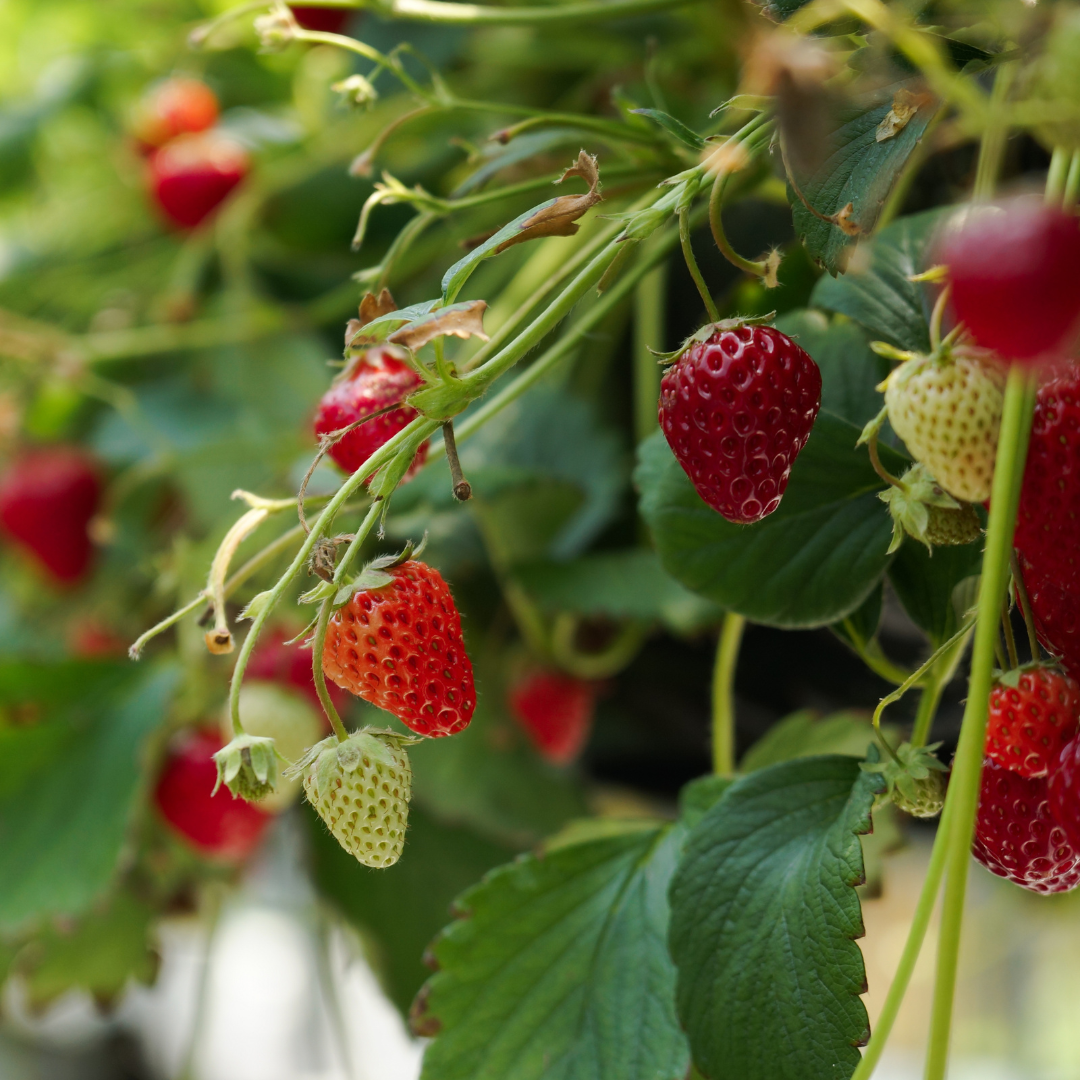
4. Alpine Alexandria
‘Alexandria' is an heirloom alpine cultivar of F. vesca. It produces white blossoms and teeny tiny berries that are noted for their exquisite flavour and texture.
High-yielding, runner-less, everbearing plants thrive with plenty of space to spread out, at least 18 inches between plants, and this variety is also good as a ground cover.
If you don't want it to spread, grow it in containers. This kind will grow to a height of 8-10 inches if planted in full sun to partial shade in Zones 6-8.
5. Alpine Yellow Wonder
Look no further if you're seeking something a little unusual. How about strawberries that turn a pale yellow colour as they ripen?
These little delicacies, which have a gourmet flavour and a pineapple-like perfume, are less enticing to birds than their red counterparts, so there will be plenty of fruit left on the vine for you when harvesting time arrives.
This F. vesca cultivar has white blooms and a huge supply of small berries that are easy to pluck from the stems.
Steps for container gardening: Strawberry plants in pots and hanging baskets are a simple way to enjoy super sweet fruits all summer.
9 Steps To Grow Strawberries In Hanging Containers
Strawberry plants are small and compact, making them ideal for tucking into pots, planters, and baskets.
Growing strawberries in pots also helps to keep pests like slugs at bay, as they appear to know when a strawberry is at its sweetest.
Strawberry plants cultivated in containers are less susceptible to bacterial and fungal diseases.
Step 1: Prepare The Plants
Container plants require well-drained soil. Jessica, our container expert, recommends filling pots with a 50-50 ratio of high-quality potting mix and compost in her container tip list. With these simple recipes, you may even make your own potting mix.
Planting is also the best time to fertilize your container with a slow-release organic fruit and berry fertilizer. You'll be able to feed your plants a little bit each time you water in this manner.

Step 2: Add Soil To The Containers
Container plants require well-drained soil. Our container expert recommends filling pots with a 50-50 ratio of high-quality potting mix and compost in her container tip list.
With these simple recipes, you may even make your potting mix. Planting is also the best time to fertilize your container with a slow-release organic fruit and berry fertilizer. You'll be able to feed your plants a little bit each time you water in this manner.
You'll be able to feed your plants a little bit each time you water in this manner. Fill the container with a loose, loamy potting mix that will hold moisture while allowing excess water to drain fast. Use a container with a hole in the bottom for drainage.
Step 3: Snip Any Runner Plants
The majority of strawberry plants produce runner plants. These plants are fantastic if you have a large garden, but they don't work well in pots.
While they produce a lovely cascade from a hanging basket, they can deplete your plants' productivity.
Snipping the runners as soon as they appear will allow and encourage the plants to focus their energy on what you want them to do: make strawberries!
Step 4: Plant The Strawberries
After you've put everything together, it's time to plant your strawberry plants, containers, potting mix-compost, and slow-release fertilizer.
Strawberry plants are available bare root or in 4-inch pots at many nurseries in the spring. I normally use pre-potted strawberry plants in containers and baskets because I need a few, and they usually grow well and have a good start on bare-root plants.
Two to three plants can be accommodated in a conventional 12- to 14-inch hanging pot or basket. Place one plant per pocket in strawberry towers or pots.
Plant so the roots are covered, but the plant crowns are visible above the soil. The crown is the short, thick stem with foliage on top and roots underneath.
Water thoroughly and place your pot or basket where it receives at least six to eight hours of direct sunlight daily.
If you're growing strawberries in a hanging basket, keep them out of direct sunlight and away from strong winds.
Plant the strawberry plants so the crowns (where the stem meets the roots) are visible above the soil level.
Make a small mound of potting soil and spread the roots. Then, up to the crown, cover the roots with potting mix and thoroughly moisten the soil.
After the soil settles from watering, add extra potting mix as needed, but don't cover the crown with the soil.
Step 5: Place The Container
To ensure a plentiful supply of flowers and fruits, place the pot in an area that receives at least eight to twelve hours of sun each day.
If just one direction of light is available, rotate the container every three to four days to ensure the plants grow equally. Make sure the plants are also well protected.
Even though the strawberries are in pots, bugs can still get to them. Insects, birds, and rodents will still be drawn to your plants, so use netting or a fence to keep them safe.
Strawberry plants grown in containers are exposed to warmer temperatures than ground ones, which benefits the plants' roots.
Because they are not surrounded by the thick and insulating properties of the earth, strawberries in pots will often see their root temperature rise with the temperature of the surrounding soil.
The room temperature will certainly rise, affecting strawberry production, especially if you have dark pots/containers. To avoid this, place your strawberries in containers that are shaded.
You can also use a heat-dissipating material like aluminum foil to shade the pots while dissipating heat. When watering the plants, lightly sprinkle the containers with water.
Step 6: Water The Plants
Water your strawberries once or twice a week or anytime the soil gets dry, approximately 1 inch below the surface. The plants should not be submerged in water or have wet soil.
Keep the soil slightly damp—not dry or soaked, to give the optimal environment for fruits to form. The soil in containers dries out faster than soil on the ground in general. Long periods of hot, dry weather may demand watering twice daily.
Because of the exposure described in the previous section, the soil in pots typically dries out faster than you can water them.
Alternatively, you might overwater them to compensate for this propensity and keep the soil wet. It's important to avoid dryness and sogginess while growing strawberries in pots.
In the summer, this is performed by watering with less water multiple times daily. The soil should always be wet, not dry. Also, make certain that the container you choose will drain well.
If the soil remains wet, harmful microorganisms can establish themselves and kill your once-happy plants below the surface.
Step 7: Feed Your Strawberries With Fertilizer
Supplemental feeding is beneficial to most container plants. Use a balanced liquid fertilizer every three to four weeks to feed your strawberries.
Apply a balanced fertilizer in the fall as well since the plants will begin to generate perennating buds within the crown that will produce flowers and fruit the next year.
Place strawberry pots in a sunny garden, patio, or terrace corner to encourage immature fruits to swell and ripen.
Tucking wood chips or straws beneath developing strawberries to remove them from compost can keep them clean. If birds start stealing your fruits, drape netting over the tubs.
During planting, use a slow-release organic fertilizer (10-10-10) and a compost tea when blossoming.
Watering with compost tea or Moo Poo Tea (from my friend Annie Haven) every few weeks in the spring and early summer is ideal. Stop fertilizing and water often to ensure plump fruit when the fruit begins to form.
Check our Vegan Strawberry Jam, Strawberry Shortcake Recipes and Strawberry & Cream Recipes for ideas on what to do with all those delicious berries.
After the fruiting period has passed, the foliage can be cut back to expose only the core portion of the plant.
Step 8: Provide Winter Protection
When strawberries fall dormant in the winter, they produce the most fruit. However, the roots may freeze in colder climates, and some containers may shatter if left outside in freezing conditions.
You can place your containers in an unheated garage or beneath a deck for winter storage. Only water when the soil is completely dry. You might also be able to mulch around the container and leave it alone.
Step 9: Provide Extra Insulation For Strawberries In Containers In Northern Countries
Winter sends its icy fingers more readily into above-ground containers, just as heat seeps in during the scorching summer months.
There isn't anything to be concerned about if your winters are mild. Your plants will likely survive the winter if temperatures stay in the twenties or only dip into the upper teens briefly.
Your plants can freeze straight through if the temperature drops below the low twenties and stays there for a long time.
They will undoubtedly perish as a result of this. If the weather forecast predicts cold, wrap your sleeping strawberries in insulating material and/or store them in the garage to protect them from the harsh winter elements.
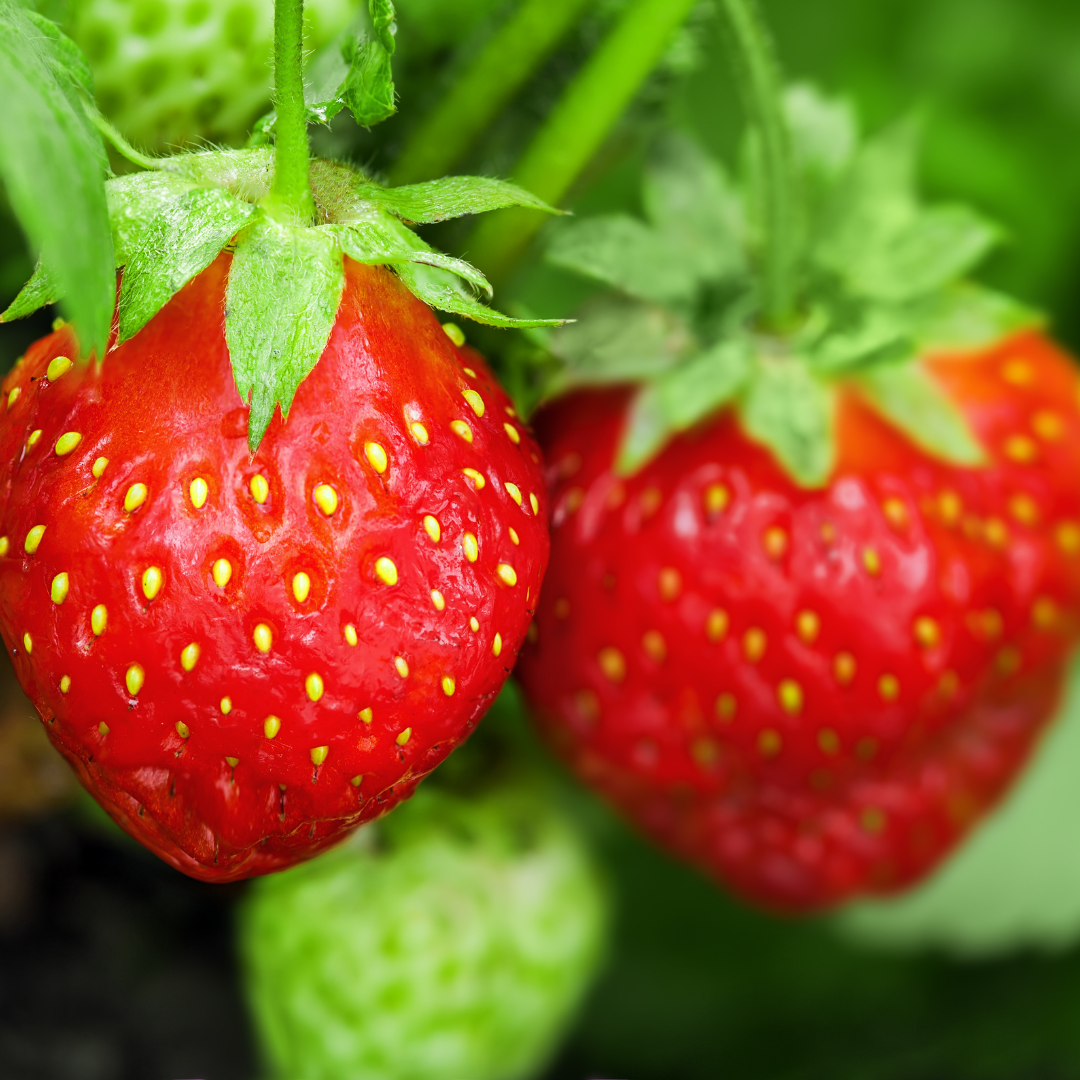
Conclusion
Strawberry plants in pots and baskets will not overwinter in my northern climate. You can put the pots in a safe place, such as an unheated garage or basement. Check the soil every few weeks to see if it has dried out, and water as needed.
Alternatively, you can remove them from their container and place them in a garden bed to overwinter. Cover them with a layer of straw or shredded leaves for further protection.
I trust you enjoyed this article on the Best Steps To Grow Strawberries In Hanging Containers. Please stay tuned for more blog posts to come shortly. Take care!
JeannetteZ
>>>Please click here to read my all-inclusive article about Container Gardening<<<
Are you interested in homegrown herbs and medicine? Please click here to find out more about it!
Your Opinion Is Important To Me
Thoughts? Ideas? Questions? I would love to hear from you. Please leave me your questions, experience, and remarks about this article on Best Steps To Grow Strawberries In Hanging Containers in the comments section below. You can also reach me by email at Jeannette@Close-To-Nature.org.
Disclosure
This post may contain affiliate links. I earn from qualifying purchases as an Amazon Associate and other affiliate programs. Please read my full affiliate disclosure.
You might also enjoy these blog posts:
Best Gardening Lessons To Learn
Simple Ways To Grow Radishes In Containers
7 Steps Of Growing Beans In Containers
10 Easy Steps Of Growing Cucumbers In Containers
Find The Best Fruit For Container Gardening

